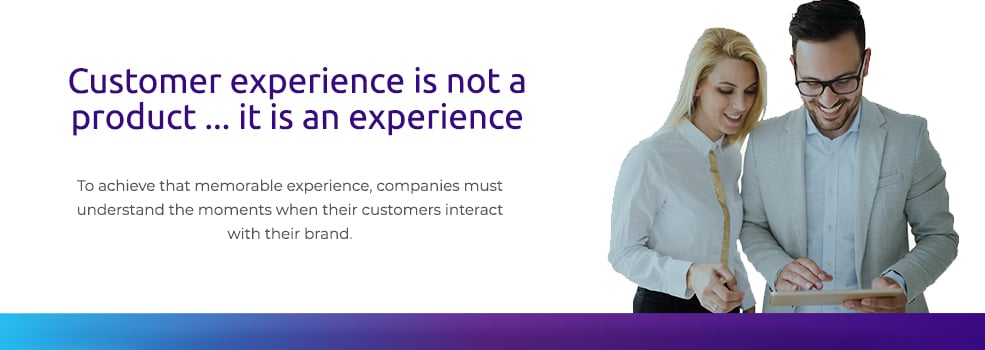Magento B2B and the functional differences with Magento B2C
Let's find out how B2B platforms are becoming more important every day and also let's understand what are these platforms used for and how do they...
6 min read
Por Alfonso Ramírez | Aug 05, 2021
Handling a company's day-to-day activities and managing customer enquiries is often complicated by the sheer number of processes and actions we perform. Of all these processes and management areas, have you wondered how many of these processes are automated and how my marketing, sales and service departments could streamline the execution of customer management activities and processes in a more agile and efficient way?
It is at this point that the answer begins with understanding how well our company has adapted to a digital transformation. Once we have defined this process, we will be able to size both the processes that need to be automated within each department and the benefits that these will give us when coupled with these management activities in both the internal (of our work team) and external (with our customers) experience.
As a demonstration in this case study of automations by department, we are going to guide you through HubSpot and each of its modules for managing both customer requests and internal processes. This CRM is known worldwide for its adaptation of inbound marketing strategies and this makes it a tool programmed to improve the customer experience and your teams.
In this blog you can read about:
In case your company is not familiar with HubSpot. This tool is a CRM (Customer Relationship Management) that manages the relationship between companies and their customers. In addition to being a platform that manages this relationship, it also plays a role in the creation, analysis and execution of strategic and technological processes that support all areas and control processes of your company.
In the case of HubSpot in particular, depending on the partner or customer status you have with this cloud CRM, the modules that are available may vary but the most standard ones for all licences are: contacts, conversations, marketing, sales, service and reporting.

Each one within HubSpot's Omnichannel feature has a fundamental role that together manages to optimise the performance of each of your company's departments. Here are their most important features:
Regarding the contacts module, it has 5 management tools. This module is essential because it has the role of feeding the entire database of your company, manage the record of interactions of these contacts, its tools are:
This module has 4 automation tools focused on the management of communication with your prospects and even customers.
This module, depending on the available licence, can greatly expand its tools, but in standard Starter licences it has 5 automation tools focused on the day-to-day management of the marketing department with your prospects and customers. Its tools are:
Depending on the available licence, this module can greatly expand its tools, but the standard Starter licence has 5 automation tools focused on the day-to-day management of the marketing department with your prospects and customers.
This module, depending on the available licence, can extend its tools, as in the case of the marketing and service module. The standard licence includes 5 automation tools focused on the day-to-day management of the sales department with your prospects and customers.
This module, depending on the available licence, can extend its tools, as in the case of the marketing and sales module. The standard licence includes an automation tool focused on the day-to-day management of the customer service department with your prospects and customers and control of tasks at the internal level of the company.
This module is available as a standard licence with an automation tool focused on the day-to-day management of the analysis of performance metrics and results, with dashboards such as graphs to measure the results of all business areas.
In addition, it helps you measure the efficiency of engagement with your prospects and customers and control performance internally in the company. This module has three important tools:
If you are interested in learning even more about HubSpot, its functions, scope and differentiators I invite you to learn a little more about its CRM in our blog: Why HubSpot is the best CRM for your company so you can familiarise yourself a little more about how it can help you and the advantages of its implementation for your business. I will also provide you with some templates that will be very useful for you:



Let's find out how B2B platforms are becoming more important every day and also let's understand what are these platforms used for and how do they...

Understanding your B2B buyer persona always has to be the main element in your marketingstrategy, and knowing them thoroughly is very important...

There are several types of strategies to reach an ideal prospect, but one of the most effective is Account Base Marketing, which focuses on knocking...